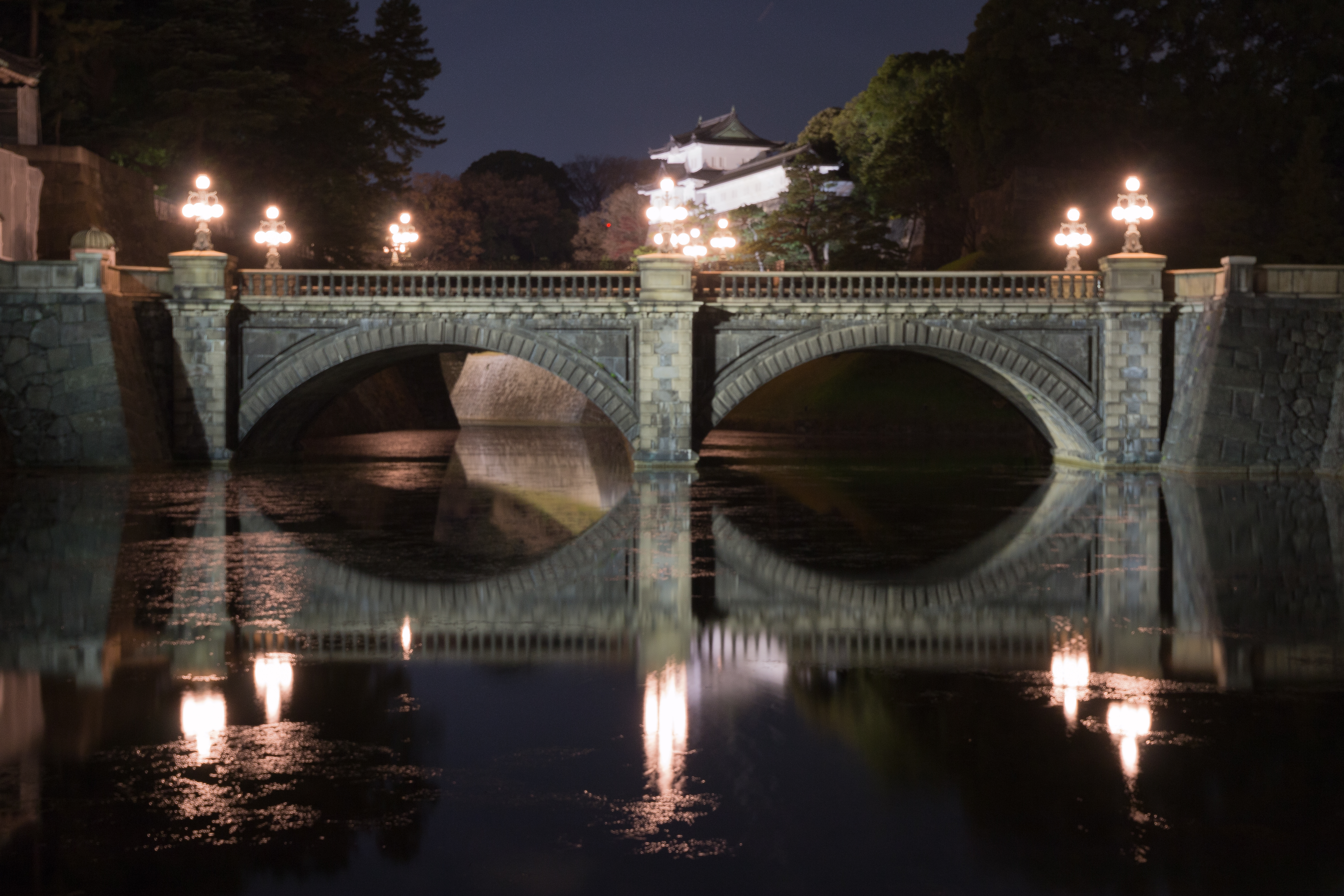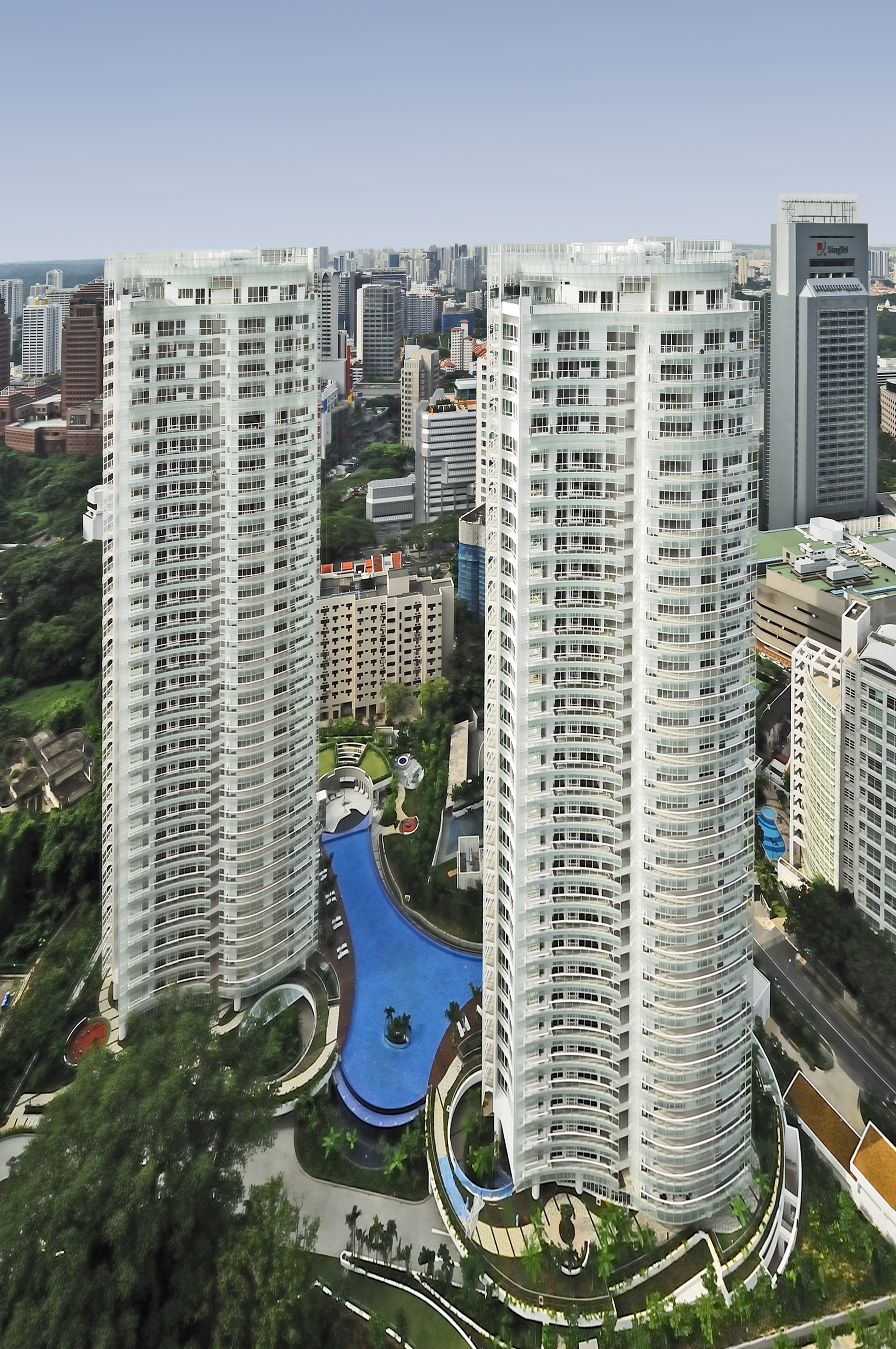|
Ichigaya, Tokyo
is an area in the eastern portion of Shinjuku, Tokyo, Japan. Places in Ichigaya *Hosei University Ichigaya Campus *Chuo University Graduate School *Ministry of Defense headquarters: Formerly GHQ of the Imperial Japanese Army; following World War II, the building became the headquarters for the Japan Ground Self-Defense Force Eastern Army. Mishima Yukio committed suicide here in 1970. It became Defense Agency headquarters in May 2000 when the previous headquarters in Akasaka were closed to make way for Tokyo Midtown. In 2007 the organization became a ministry. The Memorial Zone for JSDF personnel is located to the east of the Defense Ministry headquarters. * Japanese Go Association Companies based in Ichigaya *Borland Japan *Dai Nippon Printing *Informatica Corporation Japan *Nakano Corporation *Team Ninja * Metro stations *Akebonobashi Station (Toei Shinjuku Line) *Ichigaya Station (JR Chūō Local Line, Namboku Line, Toei Shinjuku Line, Yūrakuchō Line) - The JR and Toei ... [...More Info...] [...Related Items...] OR: [Wikipedia] [Google] [Baidu] |
Akasaka, Minato, Tokyo
is a residential and commercial district of Minato, Tokyo, Japan, located west of the government center in Nagatachō and north of the Roppongi district. Akasaka (including the neighboring area of Aoyama) was a ward of Tokyo City from 1878 to 1947, and maintains a branch office of the Minato City government. Notable sites *Akasaka Sacas *Embassy of the United States, Mexico, Cambodia, Canada, Iraq, Spain and Syria as well as San Marino *Ark Hills and Suntory Hall * Hikawa Shrine *Nogi Shrine *Tokyo Midtown - currently the tallest high-rise complex in Tokyo *Takahashi Korekiyo's residence and memorial park * Riki Mansion home of Rikidōzan In neighbouring Moto-Akasaka (literally "original Akasaka") to the North: *Akasaka Palace (State Guest House) * Togu Palace Residence of the Crown Prince of Japan Companies based in Akasaka * DefSTAR Records 4-5 Akasaka * EMI Music Japan 5-3-1 Akasaka * Epic Records Japan 9-6-35 Akasaka * Fujifilm * Fuji Xerox [...More Info...] [...Related Items...] OR: [Wikipedia] [Google] [Baidu] |
Ushigome-yanagichō Station
is a subway station on the Toei Oedo Line in Shinjuku, Tokyo, Japan, operated by the Tokyo subway operator Tokyo Metropolitan Bureau of Transportation (Toei). It is numbered "E-04". Lines Ushigome-yanagichō Station is served by the Toei Oedo Line, and lies 36.9 km from the starting point of the line at . Station layout The station consists of an underground island platform An island platform (also center platform, centre platform) is a station layout arrangement where a single platform is positioned between two tracks within a railway station, tram stop or transitway interchange. Island platforms are popular ... on the third basement ("B3F") level serving two tracks. The ticket machines and barriers are located on the first basement ("B1F") level. Platforms History Ushigome-yanagichō Station opened on 12 December 2000. Passenger statistics In fiscal 2011, the station was used by an average of 18,531 passengers daily. References External links * { ... [...More Info...] [...Related Items...] OR: [Wikipedia] [Google] [Baidu] |
Chiyoda, Tokyo
is a Special wards of Tokyo, special ward located in central Tokyo, Japan. It is known as Chiyoda City in English language, English.Profile ." ''City of Chiyoda''. Retrieved on December 28, 2008. It was formed in 1947 as a merger of Kanda, Tokyo, Kanda and Kōjimachi wards following Tokyo City's Local Autonomy Act, transformation into Tokyo Metropolis. The modern Chiyoda ward exhibits contrasting Shitamachi and Yamanote geographical and cultural divisions. The Kanda area is in the core of Shitamachi, the original commercial center of Edo-Tokyo. On the other hand, the western part of the Kōjimachi area typically represents a Yamanote district. Chiyoda consists of the Tokyo Imperial Palace, Imperial Palace and a surrounding radius of about a kilometer. As of October 2020, the ward has a p ... [...More Info...] [...Related Items...] OR: [Wikipedia] [Google] [Baidu] |
Ichigaya Station
is a railway station in Chiyoda, Tokyo, Japan. Lines The ground-level section of the station is managed by the East Japan Railway Company (JR East), and the underground sections are managed by Tokyo Metro and Tokyo Metropolitan Bureau of Transportation (Toei Subway). The station is served by the JR Chūō-Sōbu Line, Tokyo Metro Yūrakuchō Line, Tokyo Metro Namboku Line, and Toei Shinjuku Line. Chūō Line (Rapid) services pass the station. Ichigaya Station is numbered Y-14 on the Yurakucho Line, N-09 on the Namboku Line, and S-04 on the Shinjuku Line. Platforms JR East File:Ichigayastationplatform-andtrain-july13-2015.jpg, Chuo-Sobu Line platforms, 2015 File:JR_Chuo-Main-Line_Ichigaya_Station_Platform.jpg, Chuo-Sobu Line platforms, 2021 Tokyo Metro File:Yurakucho Line Ichigaya Station platform.jpg, Yurakucho Line platforms File:TokyoMetro-N09-Ichigaya-station-platform.jpg, Namboku Line platforms Toei Subway File:Toei-subway-S04-Ichigaya-station-platform-2017070 ... [...More Info...] [...Related Items...] OR: [Wikipedia] [Google] [Baidu] |
Akebonobashi Station
is a subway station on the Toei Shinjuku Line in Shinjuku, Tokyo, Japan, operated by Toei Subway. Its station number is S-03. Lines Akebonobashi Station is served by the Toei Shinjuku Line. Platforms Akebonobashi Station consists of two side platforms. Platform 1 is for trains for , and and Platform 2 for trains for and . File:Akebonobashi Station-1.jpg, Ticket gates, March 2018 File:Toei-subway-S03-Akebonobashi-station-platform-20191201-160122.jpg, Platforms, December 2019 History The station opened on March 16, 1980. Surrounding area The station lies beneath Akebonobashi, a bridge at the intersection of Tokyo Metropolitan Route 319 (Gaien-Higashi-dōri) and Metropolitan Route 302 (Yasukuni-dōri). The former headquarters of Fuji Television were located nearby, but have since been redeveloped into a high-rise apartment complex named Kawadacho Confo Garden. Other points of interest include: * Ministry of Defense * Chuo University, Ichigaya Campus * Tokyo Women's Medical ... [...More Info...] [...Related Items...] OR: [Wikipedia] [Google] [Baidu] |
Team Ninja
is a Japanese video game developer, and a division of Koei Tecmo, founded in 1995 as a part of Tecmo. It is founded and formerly led by Tomonobu Itagaki, later by Yosuke Hayashi, and is best known for the '' Ninja Gaiden'' action-adventure game series and the ''Dead or Alive'' fighting game series. History Team Ninja was formed by Tomonobu Itagaki from a group of game designers working at Tecmo specifically for the purpose of creating the home versions of the fighting game series ''Dead or Alive''. In 2008, the action-adventure game '' Ninja Gaiden II'' for the Xbox 360 was published by Microsoft Game Studios, making it the first game created by Team Ninja to not be published by Tecmo; Tecmo Koei later released an enhanced version of ''Ninja Gaiden II'' on the PlayStation 3 as '' Ninja Gaiden Sigma 2''. On June 3, 2008, Itagaki announced that he would be leaving Tecmo and Team Ninja on July 1, 2008, citing difficulties with the company. In the same statement announcing hi ... [...More Info...] [...Related Items...] OR: [Wikipedia] [Google] [Baidu] |
Nakano Corporation
, is a Japanese multinational general construction contractor engaging in design, construction, civil engineering, technical assistance, and real estate development projects for its clients, which include corporations, governments and individuals. Nakano was established in 1885 by Kisaburo Nakano and specialised in fine masonry construction works for projects including the Japanese Parliament Diet Building, Nihon-bashi Bridge, as well as the Imperial Theatre. The corporation is headquartered at 4-2-28 Kudankita in Chiyoda-ku, central Tokyo, Japan, and maintains international offices in United States, Singapore, Malaysia, Thailand, Indonesia, China, and Vietnam. Internationally, Nakano Corporation has completed in excess of 1,300 projects in 37 nations throughout Southeast Asia, North America, Europe, Africa, and Oceania. Operations In Japan Nakano's domestic design and construction operations in Japan include educational, office, residential, commercial, industrial, heal ... [...More Info...] [...Related Items...] OR: [Wikipedia] [Google] [Baidu] |
Dai Nippon Printing
, established in 1876, is a Japanese printing company. Dai Nippon operates its printing in three areas: information communications, lifestyle and industrial supplies, and electronics. The company is involved in a wide variety of printing processes, ranging from magazines to shadow masks for the production of displays, as well as out-coupling enhancement structures for LCD displays and scattering for display backlights. They employ more than 35,000 people. Dai Nippon also operates Honto.jp, an online "hybrid" bookstore that sells both print and digital books. DNP Imagingcomm America Corporation DNP Imagingcomm America Corporation (DNP IAM) is a US-based subsidiary of Dai Nippon Printing, segmented into three categories: Photo, Barcode, and Card. Formerly known as DNP IMS America, the subsidiary renamed in June 2014 to DNP Imagingcomm America Corporation. The company's barcode division manufactures thermal transfer ribbon technology, and the company's photo division manufactures dy ... [...More Info...] [...Related Items...] OR: [Wikipedia] [Google] [Baidu] |
Nihon Ki-in
The Nihon Ki-in (), also known as the Japan Go Association, is the main organizational body for Go in Japan, overseeing Japan's professional system and issuing diplomas for amateur dan rankings. It is based in Tokyo. The other major Go association in Japan is Kansai Ki-in. Its innovations include the Oteai system of promotion, time limits in professional games, and the introduction of issuing diplomas to strong amateur players, to affirm their ranks. History The Nihon Ki-in was established in July 1924. The first president of the Nihon Ki-in was Makino Nobuaki, a great Go patron himself, with Okura Kishichiro serving as vice president. The vast majority of pros at the time joined the fledgling organization, excepting the Inoue faction in Osaka is a designated city in the Kansai region of Honshu in Japan. It is the capital of and most populous city in Osaka Prefecture, and the third most populous city in Japan, following Special wards of Tokyo and Yokohama. Wit ... [...More Info...] [...Related Items...] OR: [Wikipedia] [Google] [Baidu] |
Tokyo Midtown
is a 569,000-square-meter (6.1 million sq ft) mixed-use development in Akasaka, Tokyo, Japan. Completed in March 2007, the $3 billion (¥370 billion) project includes office, residential, commercial, hotel, and leisure space, and the new quarters of the Suntory Museum of Art. When completed, the Midtown Tower was the tallest building in Tokyo. The main building complex is surrounded by Hinokicho Park, a 10 acre public park containing green areas along with works of art. The site takes up 78,000 square meters (19.4 acres) previously occupied by the Japan Defense Agency in Akasaka area of Minato, along Gaien Higashi and close to Roppongi Station, and less than a kilometer (half a mile) from the similarly scaled Roppongi Hills complex. Development The primary developer was Mitsui Fudosan, working in concert with several partners. The project was designed by architectural firm Skidmore, Owings & Merrill; Nikken Sekkei is the local architect of record. Landscape architectu ... [...More Info...] [...Related Items...] OR: [Wikipedia] [Google] [Baidu] |
Yukio Mishima
, born , was a Japanese author, poet, playwright, actor, model, Shintoist, nationalist, and founder of the , an unarmed civilian militia. Mishima is considered one of the most important Japanese authors of the 20th century. He was considered for the Nobel Prize in Literature in 1968, but the award went to his countryman and benefactor Yasunari Kawabata. His works include the novels and , and the autobiographical essay . Mishima's work is characterized by "its luxurious vocabulary and decadent metaphors, its fusion of traditional Japanese and modern Western literary styles, and its obsessive assertions of the unity of beauty, eroticism and death", according to author Andrew Rankin. Mishima's political activities made him a controversial figure, which he remains in modern Japan. From his mid-30s, Mishima's right-wing ideology was increasingly revealed. He was proud of the traditional culture and spirit of Japan, and opposed what he saw as western-style materialism, along with ... [...More Info...] [...Related Items...] OR: [Wikipedia] [Google] [Baidu] |





_5.jpg)
